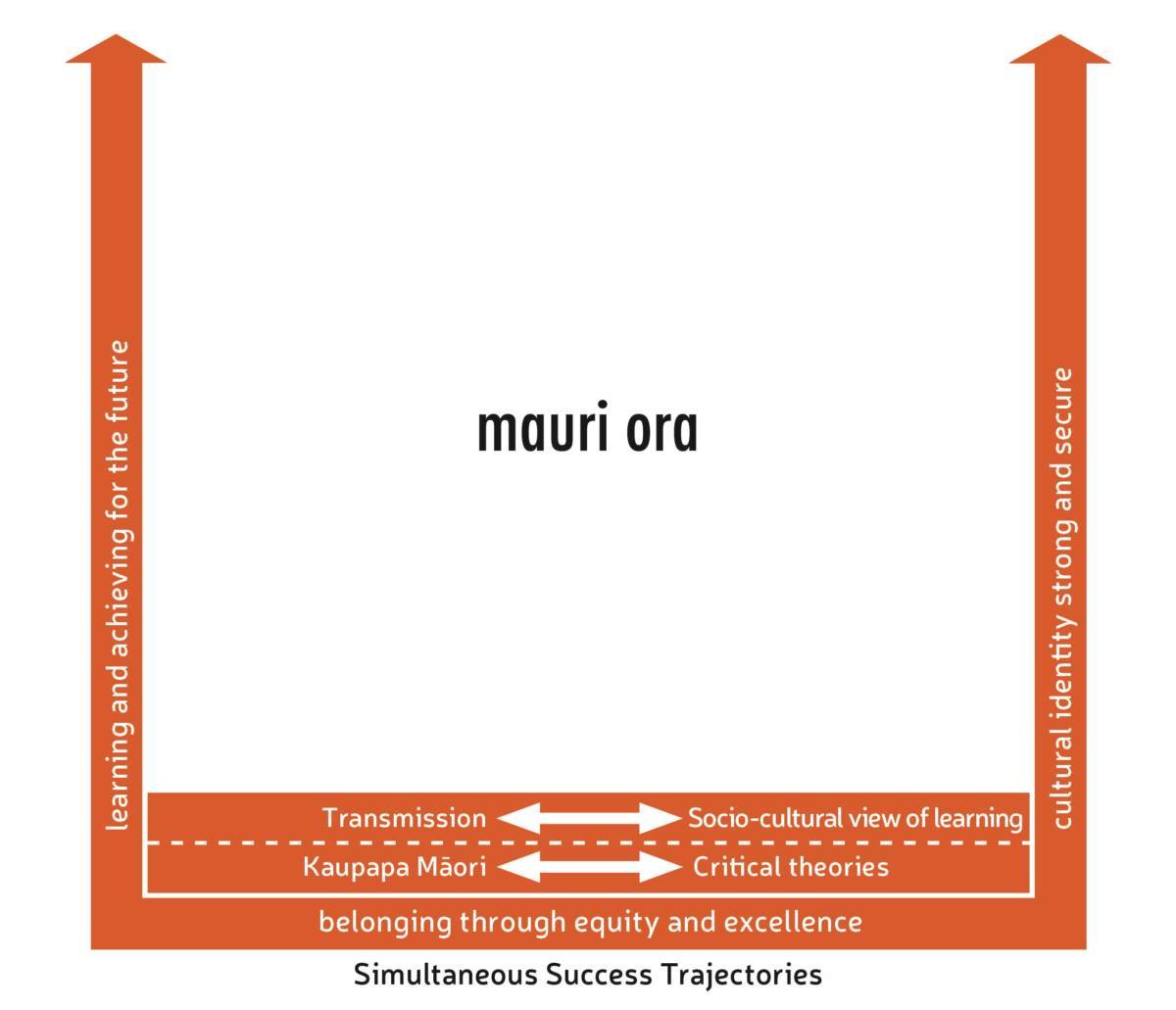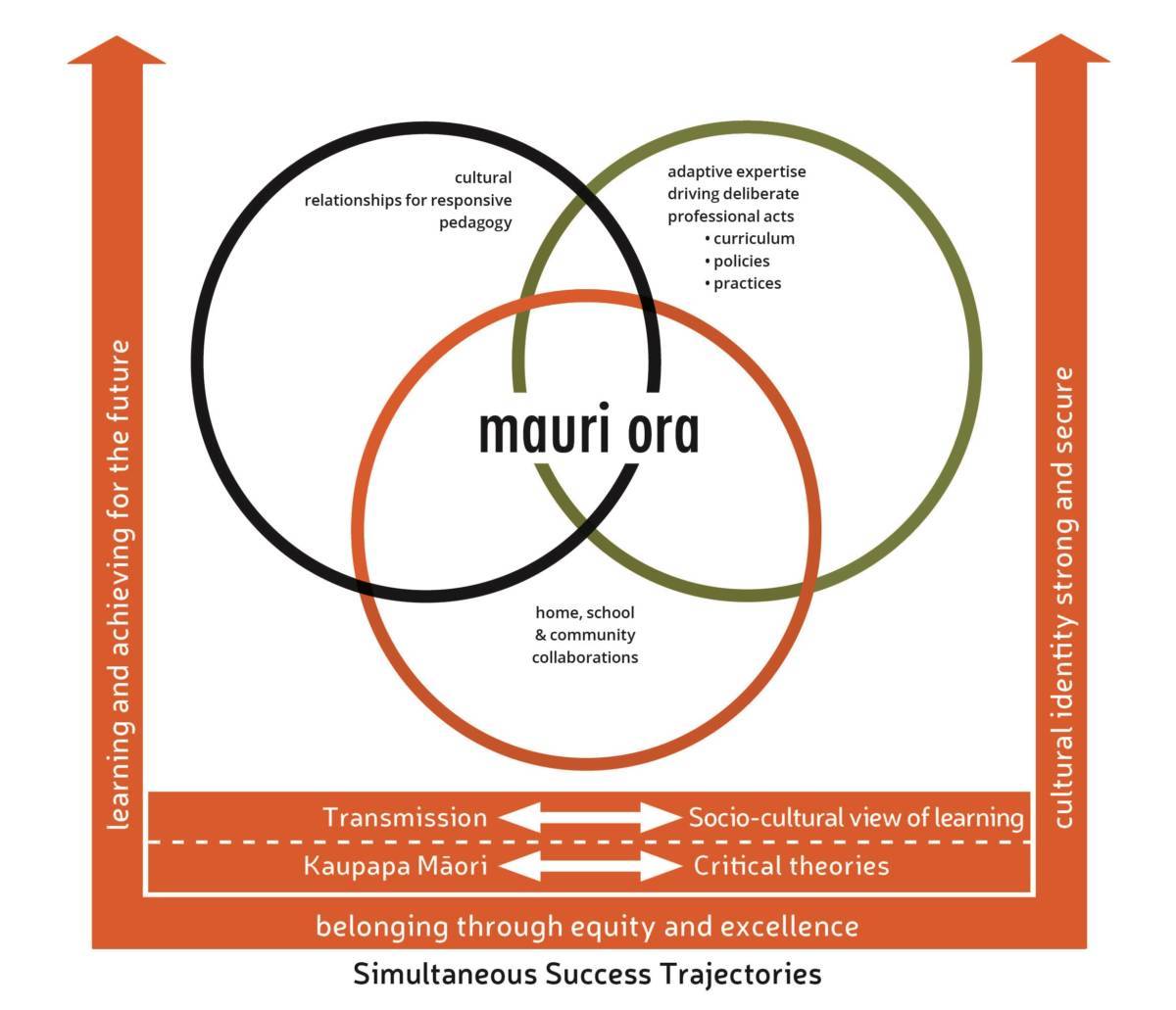As educators our agency is in advancing academic progress but also ensuring students cultural identity is strong and secure. If we are to achieve excellence for all of our students we must work to ensure each student feels they belong within the learning environment we provide.
Equity can be achieved when we are responsive to the student’s prior knowledge and experience and build new learning from these beginnings (cultural toolkit - Bruner 1996).
Educators must create contexts for mauri ohooho, where a student’s mauri is nurtured, strengthened and able to flourish. This is more likely to happen when Māori students understand and value their own cultural identity, believing that they have vast potential and cultural capital upon which to draw. This ultimately requires educators to have ‘the will and the skill’ to help facilitate, this process (Berryman, M., Eley, E., Ford, T., & Egan, M. (2016). Going beyond the personal will and professional skills to give life to Ka Hikitia. Journal of Educational Leadership, Policy and Practice, 30(2), 56-68).
Poutama Pounamu has developed a framework and understandings for spreading these skills and understandings for accelerating equity, excellence and belonging in schools and Kāhui Ako. This begins with disrupting the status quo.
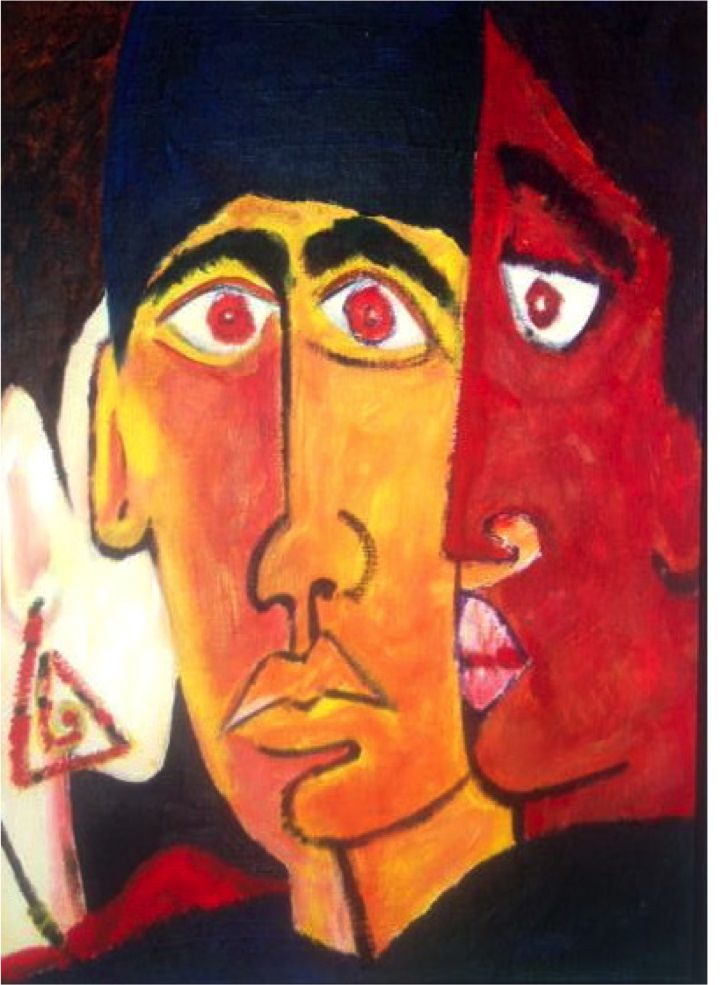
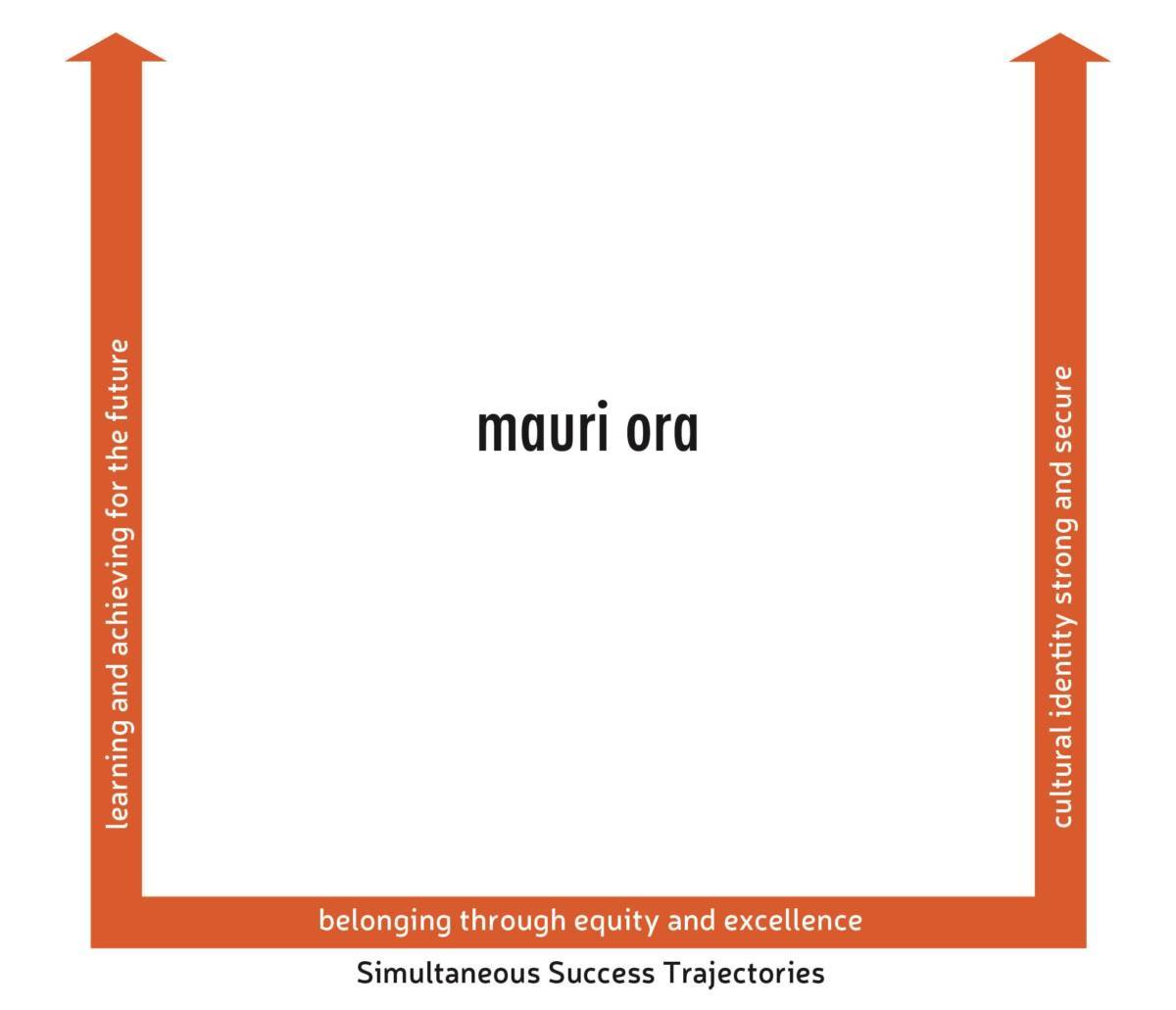
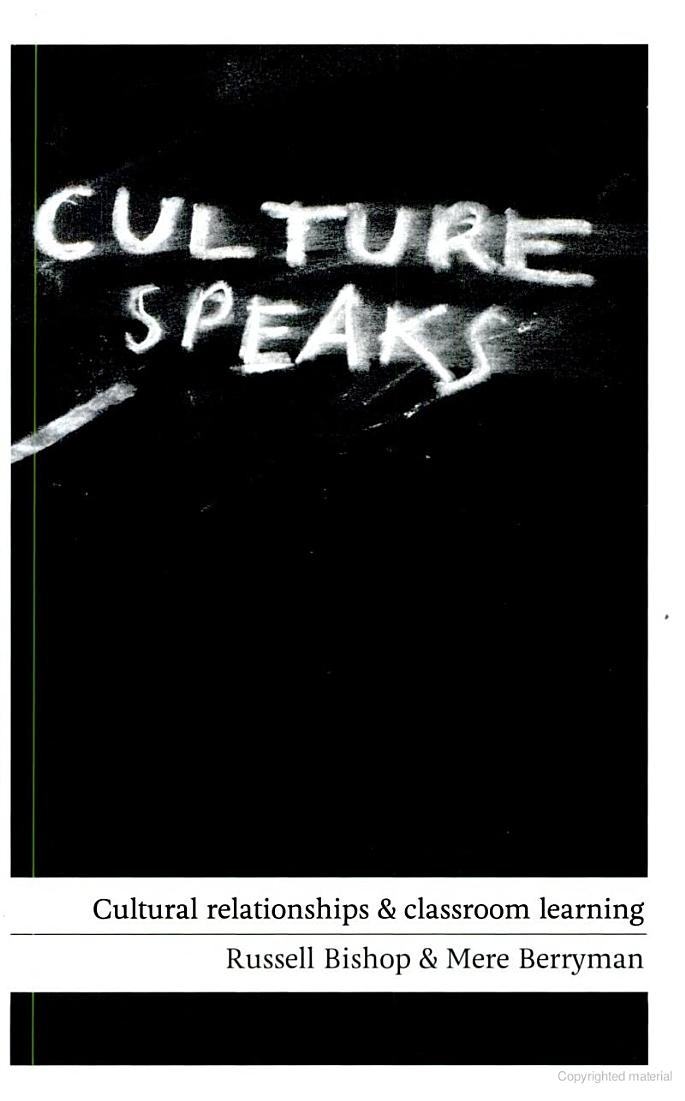 In Culture Speaks (Bishop & Berryman, 2006). Māori students said they understood why they needed this but they also wanted to have a say in their learning and share their ideas with others. This type of pedagogy comes from a socio-cultural view of learning (Vygotsky, 1978). Thinking about how learning happens and linking across this range of teaching pedagogy to make professional curriculum decisions is essential.
In Culture Speaks (Bishop & Berryman, 2006). Māori students said they understood why they needed this but they also wanted to have a say in their learning and share their ideas with others. This type of pedagogy comes from a socio-cultural view of learning (Vygotsky, 1978). Thinking about how learning happens and linking across this range of teaching pedagogy to make professional curriculum decisions is essential.
